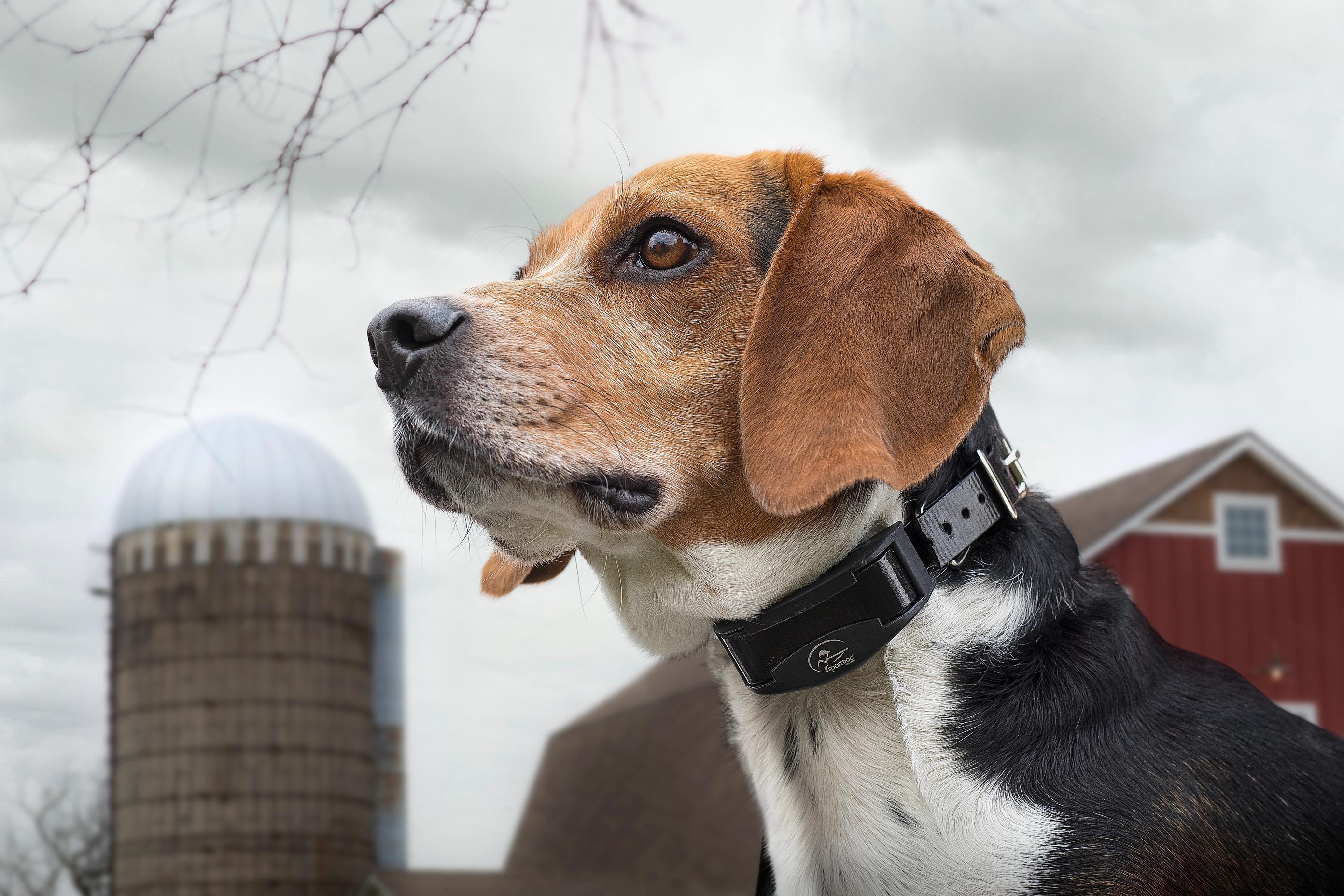
3 Myths About Bark-Control Collars
Posted by The SportDOG StaffReliability, simplicity, and effectiveness are among the reasons to use a bark-control collar, as well as why they’ve become increasingly more common with dog owners in recent years.
However, when the electronic bark-control collar was first introduced, questions and skepticism regarding its use were brought up by multiple sources. Over time, doubts and concerns regarding no bark collars decreased as users became more familiar with the concept behind the design.
Today, these collars are widely accepted as a common training tool for dog owners. Despite their widespread acceptance, a few common misconceptions remain.
SportDOG® Brand, a leader in the design and manufacturing of some the most dependable and trusted dog-training products and accessories, has taken on the call to answer some of these remaining questions. With over a decade of experience, SportDOG has become a trusted source of information with both dog owners and professional trainers.
Here’s 3 common misconceptions regarding the use of electronic bark-control collars, as encountered by the SportDOG team.
Bark Collars Aren’t Safe To Use on Dogs
Since the introduction of the electronic bark-control collar, one of the earliest misconceptions regarding its use is that it’s not safe for dogs. Many owners were concerned that the amount of static stimulation delivered would be too much for the dog to endure, or cause irreconcilable harm. This is simply not true. SportDOG has gone to considerable lengths to make sure that each of its collars is safe for use on dogs. Through an extensive research and development process, and by using the most advanced technology available, SportDOG collars are considered to be among the safest designs on the market.
Our newest bark-control collar, the NoBark SBC-R uses Silent Partner™ technology to detect your dog’s unique barking style and delivers a correction only then. By filtering out any external noise, including another dog's bark, your dog receives the most consistent training possible. The collar also features 10 levels of static stimulation as well as 3 programmable modes: Temperament Learning, Progressive Correction and User-Selected. The new collar has a built in safety feature ensuring that if your dog barks 15 times or more within an 80 second period, the SBC-R will stop issuing static stimulation for 30 seconds, and then resume normal operation. Combining these features along with a waterproof and submersible housing makes the SBC-R one of the safest collars on the market.
Using A Bark Collar Will Prevent My Dog From Ever Barking Again
To some pet owners, this notion can be concerning, as most don’t set out to keep their dogs quiet at all times. Whether it’s the verbal behavior their dog exhibits when playing with others, or alerting them when needed, such as a knock at the door, completely silencing their dog is not the owner’s end goal.
While it’s true that the purpose of a bark-control collar is to curb unwanted outbursts, the effects of the collar are not permanent. Should the owner want their dog to be capable of barking, he or she can simply remove the collar. Over time, the dog will begin to associate its behavior with the collar. With features like 3 selectable modes and 10 levels of static stimulation found in the SportDOG NoBark SBC-R, owners can customize the anti-bark collar to fit their dog’s specific needs, making the transition process even easier.
A Bark Collar Should Be Worn 24/7
If worn for more than the recommended amount of time, any kind of electronic collar can be dangerous to a dog’s health. This health concern doesn’t originate from the static stimulation delivered to the dog, but through the possibility of pressure necrosis.
Simply said, pressure necrosis is trauma to a dog’s skin (calluses, sores, etc.) that develops as a result of the collar remaining on for an extended period of time. This is caused by human error, and is not a failure of the collar. To prevent this, the collar must be properly fit to the dog’s neck, and rotated to different positions when used for long periods throughout the day. If the collar is too tight, continual pressure from the contact points (i.e. probes) can restrict blood flow to the tissue underneath, causing it to breakdown and deteriorate. Consequently, if the collar is too loose, it can be easily rotated around the neck or moved vertically as the dog raises or lowers its head. In either circumstance, owners need to make sure the collar is properly adjusted and remove the collar if worn longer than recommended, which is generally 8-10 hours per day. When removed, the probes of the collar should also be cleaned with alcohol wipes every 1-2 days to prevent bacteria from developing.

The SportDOG Staff
Related Products
Related Articles

5 Reasons To Use The SportDOG Brand® NoBark SBC-R Collar
by The SportDOG Staff
Let’s face the facts … dogs bark! For most dog owners, barking is considered a norm. However, there are a variety of circumstances and situations in which owners seek out ways to correct this behavior. Most commonly, owners look for assistance through the use of an electronic bark-control collar. Leading the way...

SportDOG Brand NoBark SBC-R Bark-Control Collar - Video
by The SportDOG Staff
Few things can stress the relationship with your dog like incessant barking, that's where the most advanced bark-control collar from SportDOG Brand comes into play.



